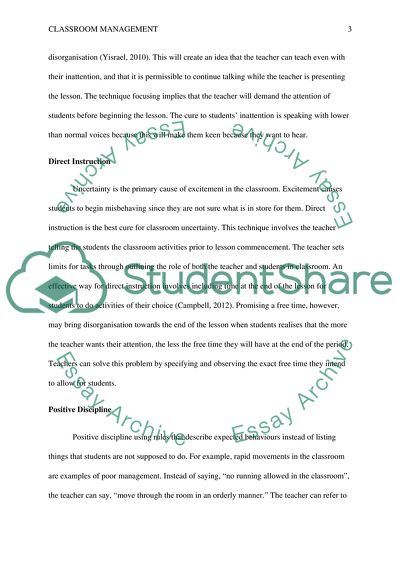Cite this document
(Discipline Without Anger: A New Style of Classroom Management Research Paper, n.d.)
Discipline Without Anger: A New Style of Classroom Management Research Paper. Retrieved from https://studentshare.org/social-science/1821697-classroom-management
Discipline Without Anger: A New Style of Classroom Management Research Paper. Retrieved from https://studentshare.org/social-science/1821697-classroom-management
(Discipline Without Anger: A New Style of Classroom Management Research Paper)
Discipline Without Anger: A New Style of Classroom Management Research Paper. https://studentshare.org/social-science/1821697-classroom-management.
Discipline Without Anger: A New Style of Classroom Management Research Paper. https://studentshare.org/social-science/1821697-classroom-management.
“Discipline Without Anger: A New Style of Classroom Management Research Paper”, n.d. https://studentshare.org/social-science/1821697-classroom-management.


